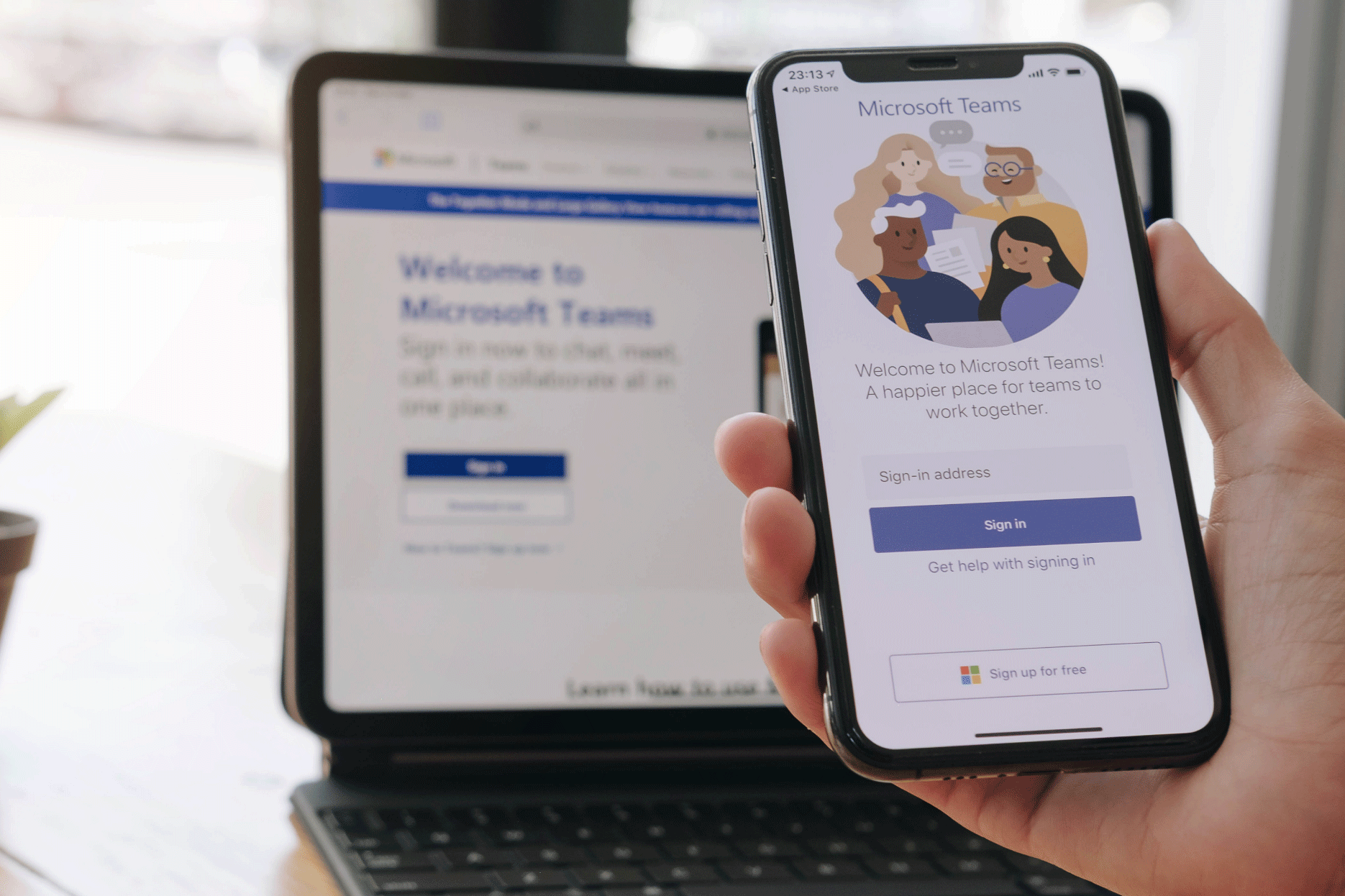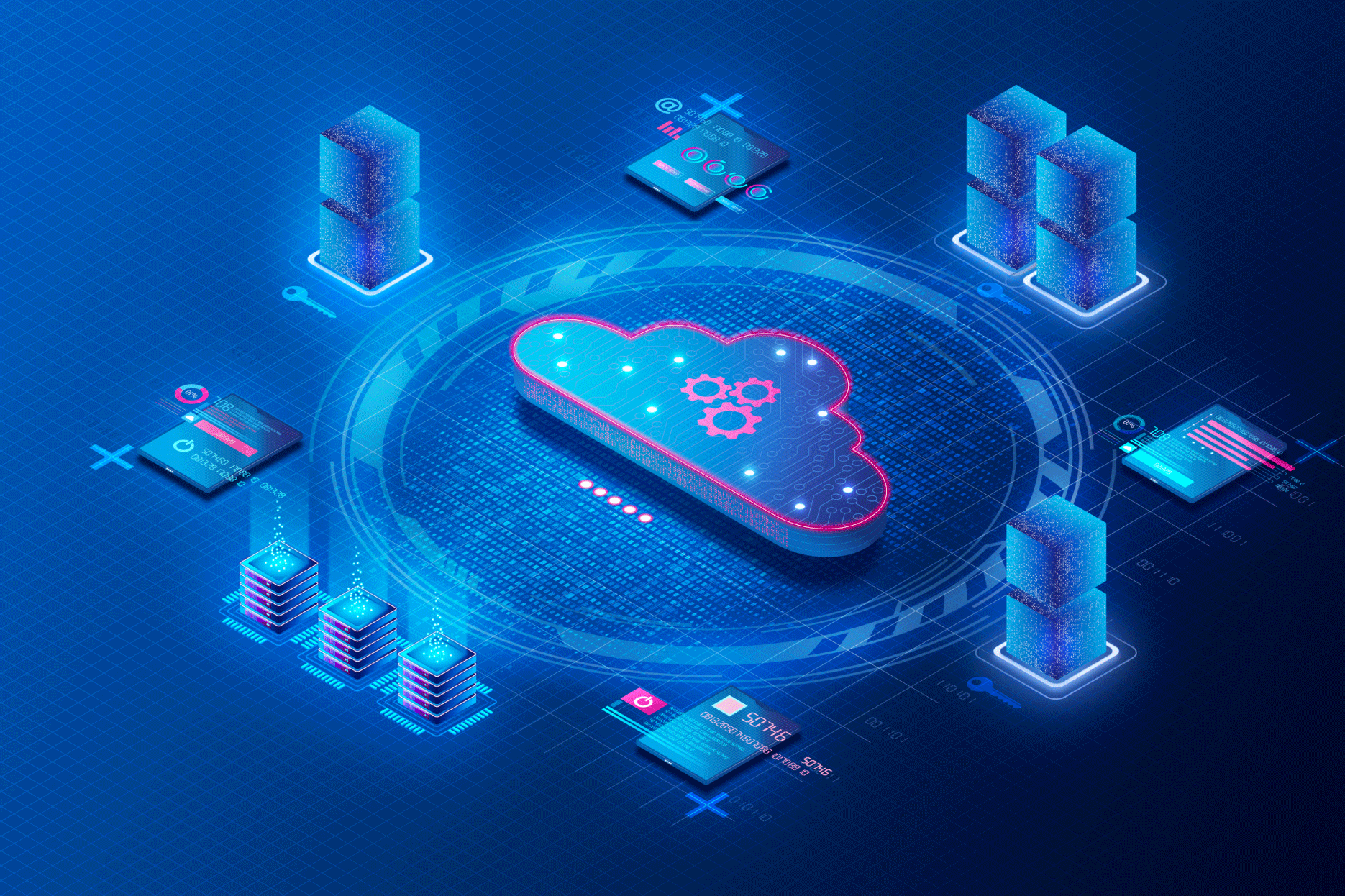eHealth NSW is working with Local Health Districts (LHDs) to become more agile by unleashing the power of Microsoft (MS) Teams to exchange information between clinical teams.
The software is delivering gains for Western Sydney LHD in productivity and collaboration through individual and group chats, video-conferencing and team training sessions.
Joanne Medlin, WSLHD Integrated Chronic Care Program Manager said: “We continue to realise day-to-day benefits using Microsoft Teams in our work.
“InTouch is a virtual care model with some of our medical officers working remotely offsite. We also work with other providers such as Calvary Health Care and NSW Ambulance with multiple MS Team’s channels that allow us to communicate and store and access files such as workflow and protocols easily with our partner providers.
“Microsoft Teams is better suited to the fast-paced conversations we have which is important when the team is discussing a patient’s condition and collaboratively developing a plan of care,” said Joanne.
Timelier patient management advice
Dr Benson Riddle WSLHD InTouch COVID Care Team Medical Lead says MS Teams enables the coordinated care of multiple patients between teams of nurses, doctors, and allied health professionals; and across other services in addition to the COVID service.
“MS Teams not only ensures our service is more efficient and thus allows us to care for more patients, instant messaging allows much more timely patient management advice and multidisciplinary collaboration - so it helps to ensure patients are getting the best and fastest care possible,” said Dr Riddle.
At Hunter New England (HNE) LHD they’ve been using Microsoft Teams to increase collaboration between teams.
Laura Bruggink, Physiotherapist HNELHD Pain Services said: “We run online education webinars as well as interactive group programs through MS teams and have found the experience smooth and user friendly. Multiple patients can connect at once and get the benefits of peer to peer learning regardless of where they live.”
As well as videoconferencing, one unexpected benefit of MS Teams has been the Chat function. So much correspondence that would have been sent via email can now be sent through teams. This has been a cultural change that has taken time to adjust to and make new habits however, it’s far more efficient than using email and is certainly more secure.
“The teams feature itself has been great for working collaboratively on documents and ensuring version control. It’s a change that has taken time to get used to and we are still exploring all the features, but I am excited to move towards this way of working more and more,” said Laura.
Crossing the border
Far West LHD have been using MS Teams to collaborate with colleagues in South Australia who sit on the same stroke committee. The eHealth project team worked with the LHD to get the connection with South Australia up and running.
Janet Masters, Clinical Nurse Consultant at Far West LHD said: “Following MS Teams training with eHealth NSW I asked if it was possible for me to access clinical teams from other states. As an example, I cited South Australian Country Stroke Network that I am part of. We liaise with South Australia on many services, Country Stroke is a regular meeting that I attend and dialling in as a guest has always meant that I am not able to access the meeting papers.
“With the support of eHealth NSW, I can now log into the SA Country Stroke teams site. It is a great example of collaboratively fixing issues which as a clinician has made my work easier. This is about improving patient care – as we work in the background to standardise care and improve outcomes,” said Janet.
MS Teams is all about helping staff across NSW Health work together and make timely decisions to deliver safe quality care to patients. It’s proving easier than ever for groups across the state health system to collaborate.




